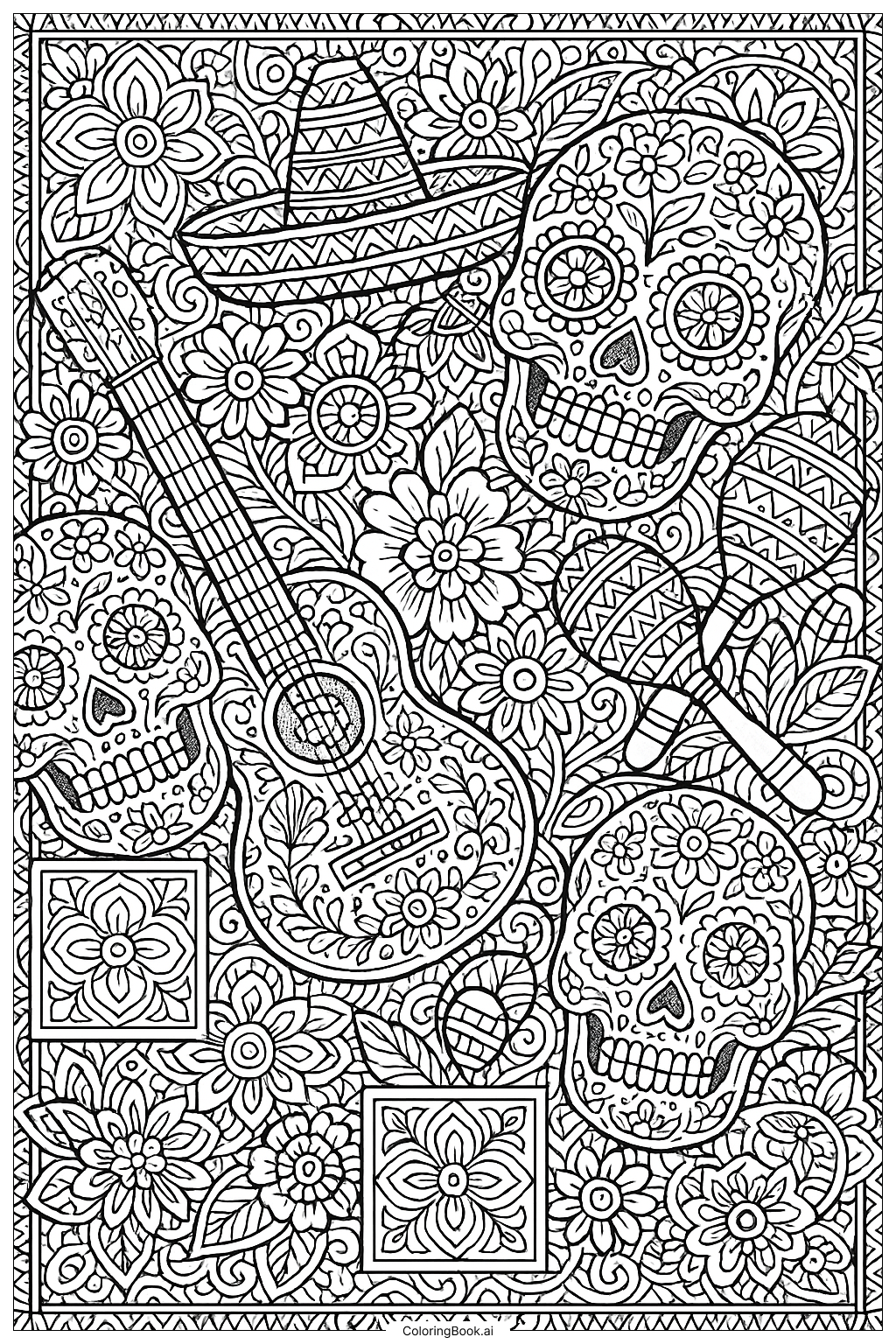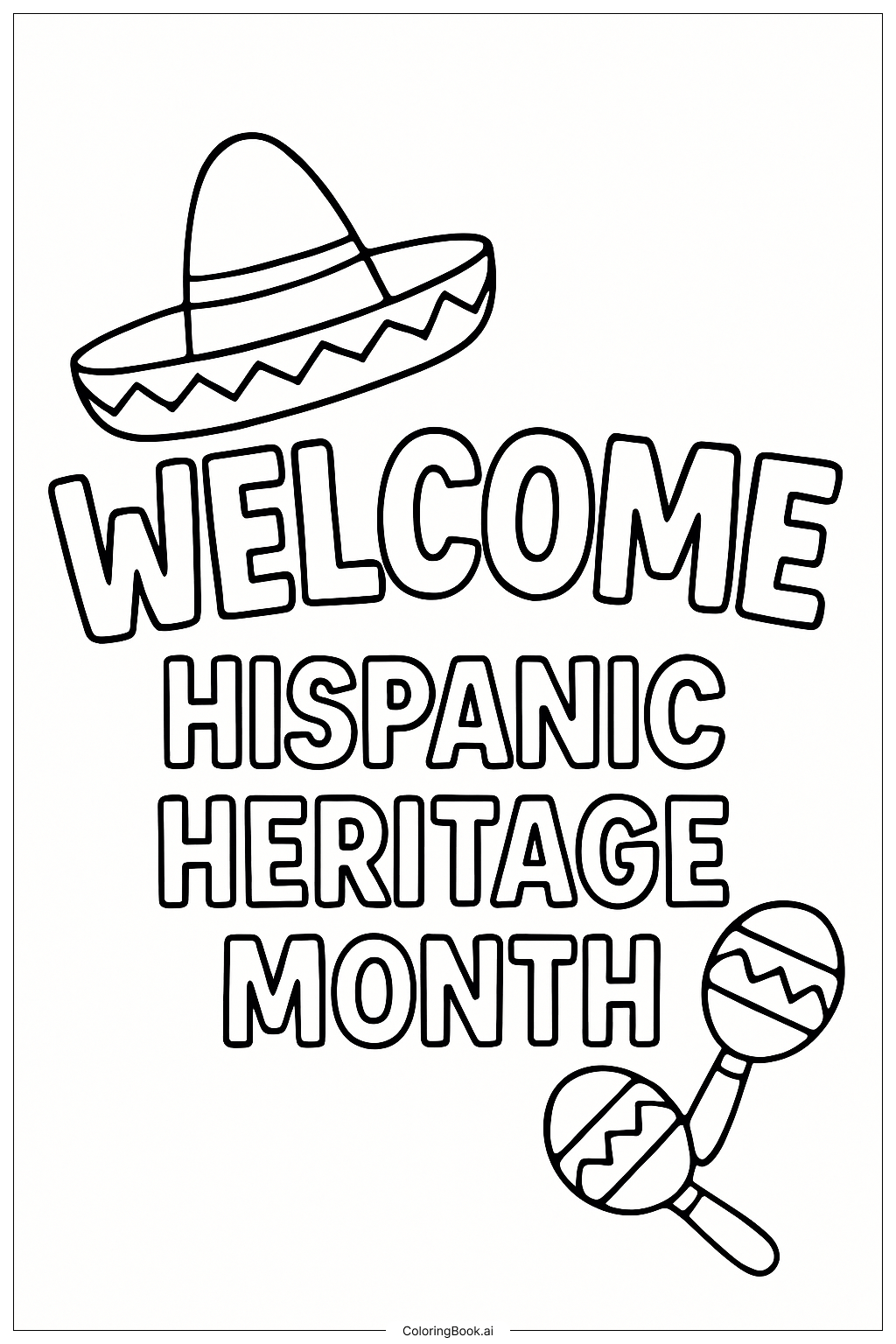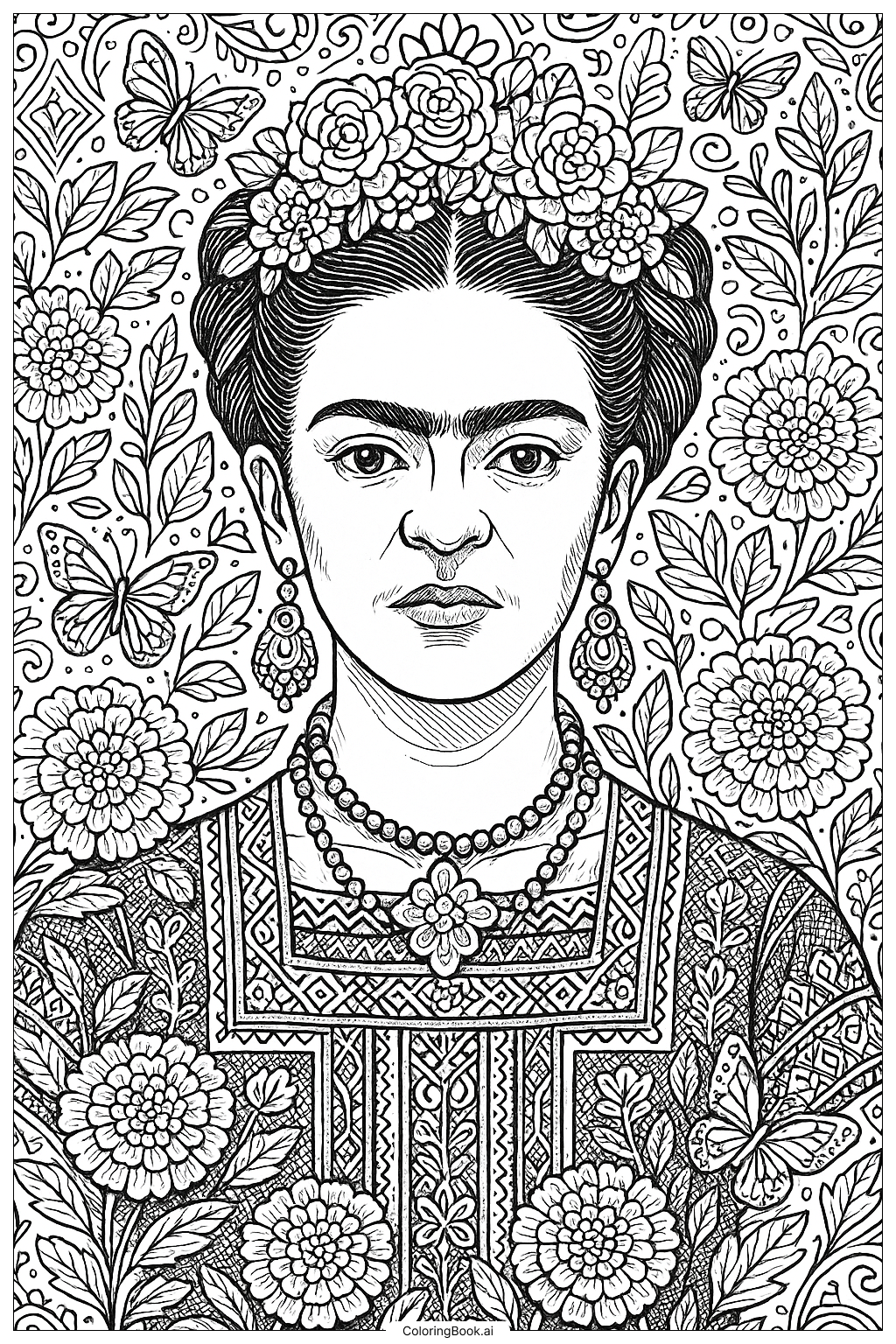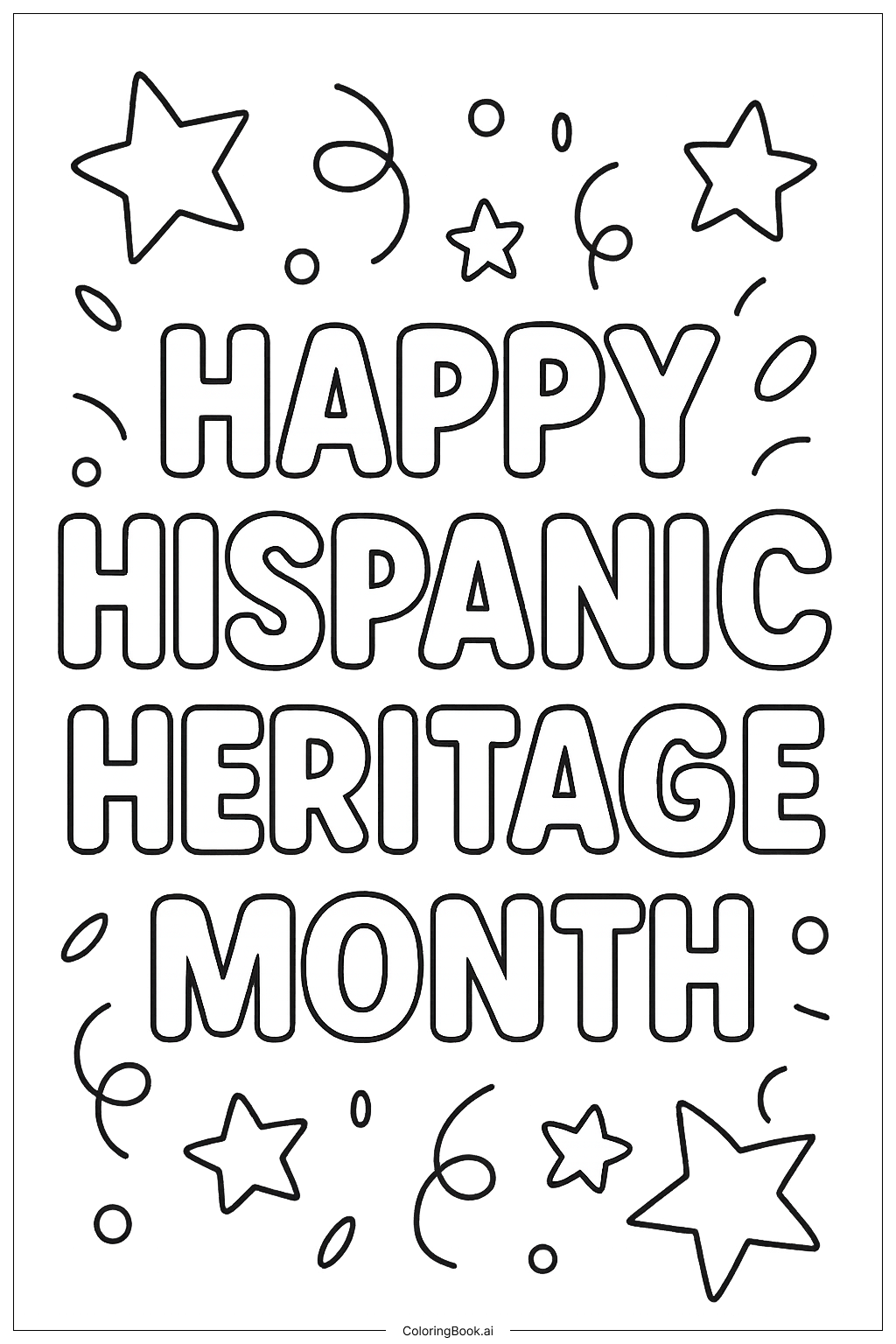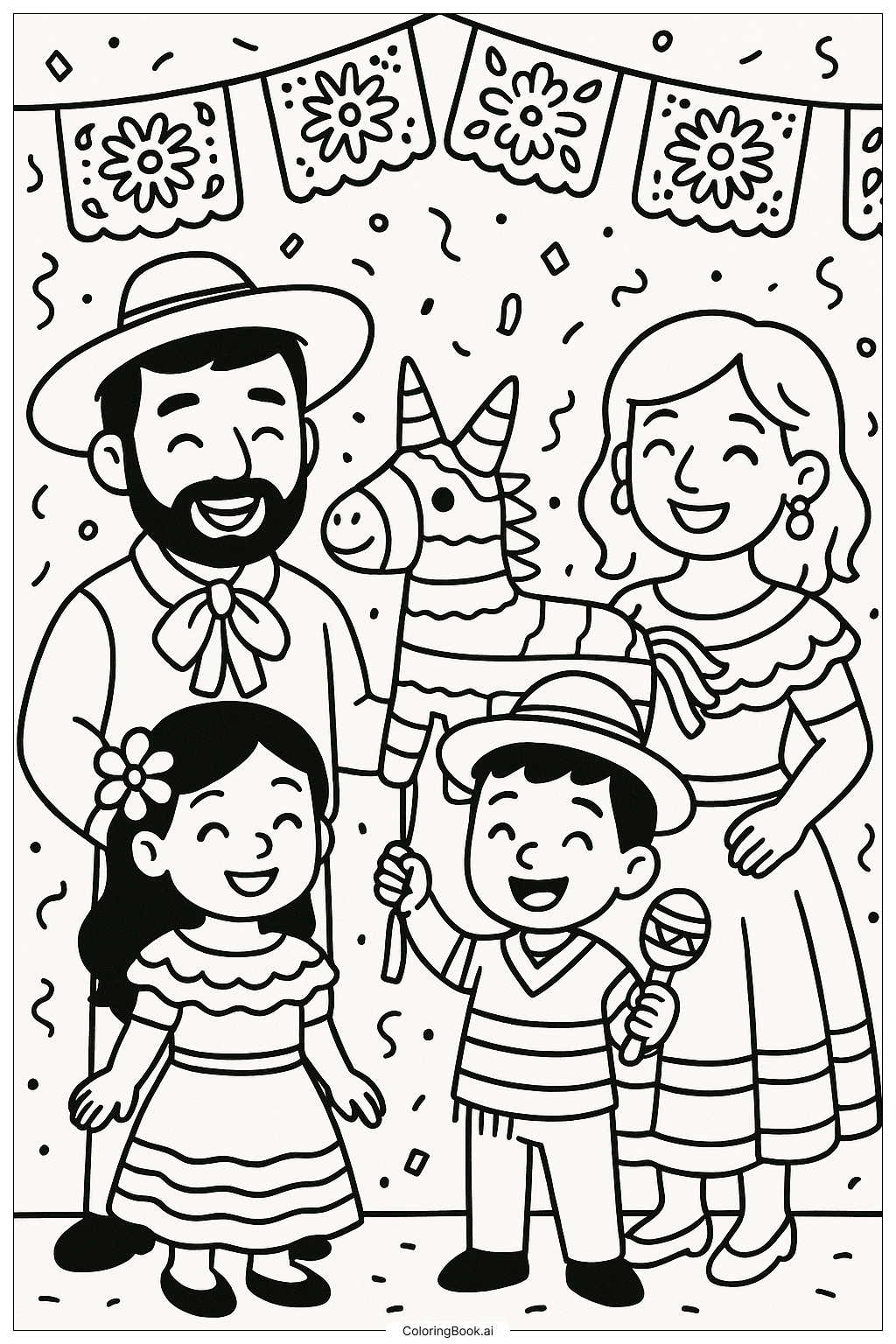Coloring tips: How to color Zentangle Patterns For Hispanic Heritage Month coloring page well?
Try using bright and vivid colors like reds, oranges, yellows, blues, and greens to make the drawing come alive. Color the skulls with contrasting bright shades to show their decorations. For the guitar and sombrero, use warm colors and detailed patterns to highlight the textures. The flowers and leaves can be colored in many shades of green, red, yellow, and pink to add variety. You may want to use fine-tipped markers or colored pencils to carefully fill the small spaces and patterns.
Coloring challenges: Which parts are difficult to color and need attention for Zentangle Patterns For Hispanic Heritage Month coloring page?
1. The image is very detailed with many small parts like the skull decorations and flower petals. This needs careful coloring to avoid going outside the lines.
2. There are many repeated patterns, especially on the guitar, sombrero, and maracas, which require consistent coloring to look balanced.
3. The overlapping of elements like flowers, skulls, and instruments can make it hard to decide which colors to use for each part.
4. The intricate floral background needs patience as many small petals and leaves must be colored separately.
5. Keeping the brightness and harmony of colors while coloring many detailed parts can be challenging, especially for younger kids.
Benefits of coloring books: Advantages of drawing Zentangle Patterns For Hispanic Heritage Month coloring page
Coloring this page helps improve your hand-eye coordination and fine motor skills by working with small detailed sections. It allows children to learn about Hispanic culture in a fun way, recognizing symbols like skulls and maracas. This activity encourages creativity as you choose colors that express joy and celebration. Coloring also helps to build focus and patience since the page requires careful attention to detail. Lastly, it brings a sense of accomplishment when the beautiful cultural patterns are completed.
